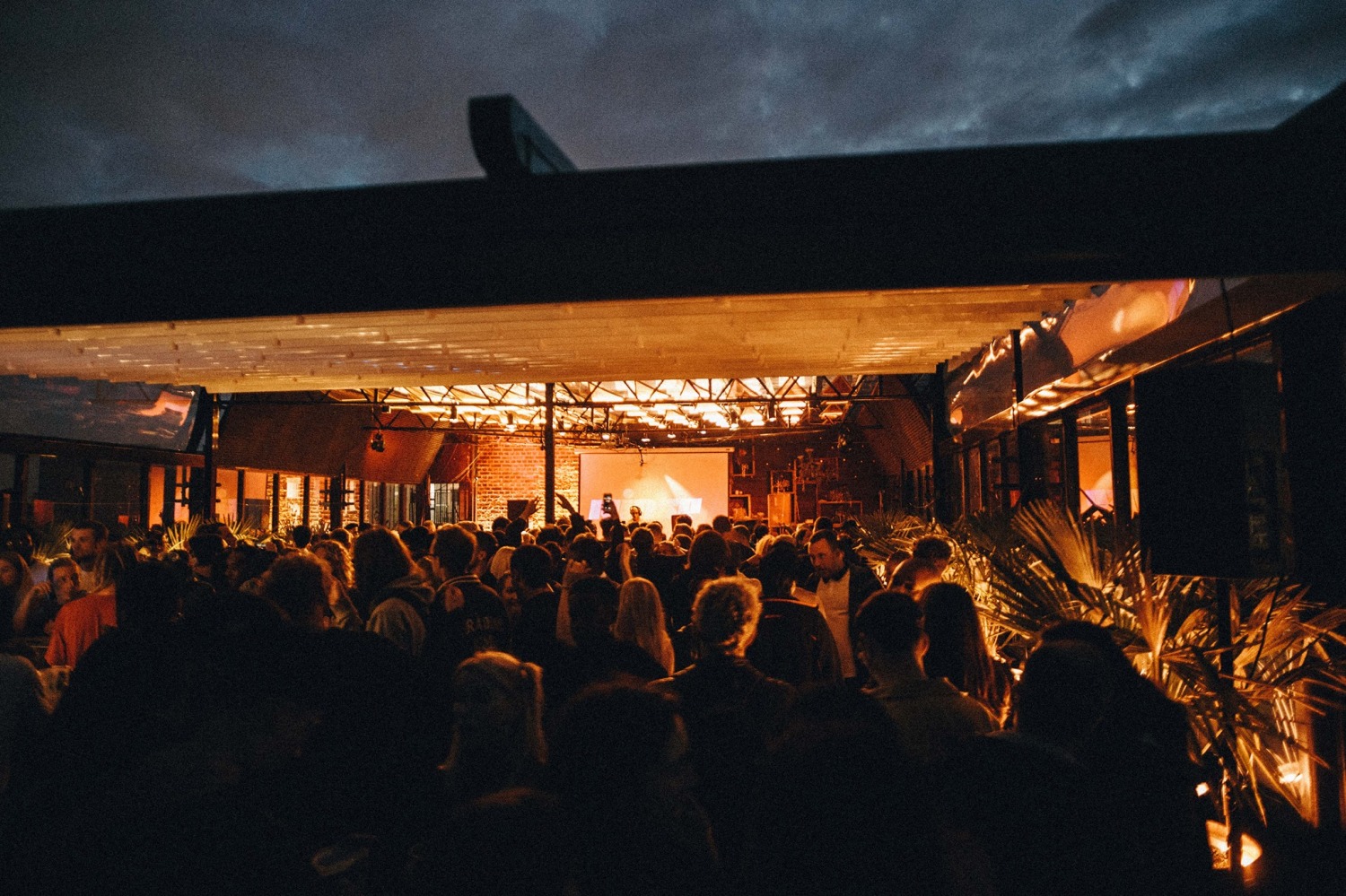
What We Learnt From Frida Kahlo: Making Herself Up Exhibition
London Lifestyle
Main Image Credit:
Shutterstock - Juan Esteban Barco
“I am my own muse, I am the subject I know best. The subject I want to know better” - Frida Kahlo (1907 - 54)
Immortalised through self-portraiture, celebrated for her revolutionary politics and artwork, Frida Kahlo is a feminist icon and inspirational figure that the world will never forget.
Frida Kahlo: Making Herself Up is an exhibition currently showing at the Victoria and Albert (V&A) Museum in London. The display itself exhibits personal items and belongings taken from Kahlo’s home, which were discovered in 2004 in Casa Azul, Mexico, in a bathroom that was sealed by her husband Diego Rivera. This London exhibition is the first time that all of her intimate letters, dresses, braces and corsets are on-display outside of her native country.
Our founder Amanda Dicker recently visited the exhibition at the V&A with some of our Chapel stylists and was moved by Kahlo’s story. “Visiting the V&A is always a powerful experience”, Amanda says, and taking the time to immerse herself in Kahlo’s artwork and personal belongings was both emotional and haunting. In displaying intimate objects from Kahlo’s life, Making Herself Up invites a fresh perspective on the extraordinary woman behind the artwork. To commemorate this exhibition, we will be exploring what we ourselves can learn from Frida Kahlo’s compelling life.
Confronting painful experiences head-on
Throughout her life, Kahlo faced intense physical and emotional pain. She overcame polio and was involved in a horrific bus accident while only in her teenage years. In later life, Kahlo experienced a number of miscarriages and even had her leg amputated up to the knee, which is said to have caused her to become severely depressed and suicidal. Her emotional turmoil was of a different nature. It centred mostly around her complex relationship with her husband, who she divorced once and married twice. No matter how terribly she suffered though, she strove to confront her pain head-on by incorporating each experience into her artwork. Kahlo’s paintings tackle the traumatic and often taboo events of her life, including infertility, gender inequality, heartbreak, miscarriages, chronic pain and sickness.
Defying the standards of female beauty
Frida did not fit into the expected standards of female beauty. Rather than painstakingly striving to fit the societal standard, instead she embraced her unusual sex appeal and challenged the definition of beauty. Proudly exhibiting her “masculine” features, Kahlo’s face is instantly recognisable with its furrowing brow and moustache that some claim she purposely darkened on occasion.
Despite not meeting the conventional standards of beauty, Kahlo would still get up everyday single day, selecting her hairstyle, makeup and outfit based upon her own tastes. Making Herself Up reveals how Kahlo reclaimed everyday, conventional beauty products like Revlon lipstick, Ponds face cream and Chanel perfume to sculpt her own image in a way that society deemed largely unconventional. Kahlo was undeterred by the way that society perceived her, and instead, she focused upon how she could positively view herself. Her appearance was unconventional, both in her time and today, making her a timeless advocate of self-confidence and independence for women across the globe.
Rejecting popular fashion
Just as she challenged female beauty conventions, Kahlo also rejected the fashion ideals of her time. The V&A exhibition displays a number of clothing items that encompass her bold mix-and-match style, worn down with the general wear and tear of daily use. Her long and brightly-coloured skirts took influence from her Mexican and Indian heritage. She borrowed elements from each culture’s traditional style and made them her own, accessorising with flowers and fabrics in her hair as well as beautiful jewellery (including handmade earrings from Picasso).
These choices were also reflective of her life - hiding the physical scars and braces from her accident behind lavish blouses. Amanda says “it was incredible to see how her outfits often ‘pinned’ her up and it reminded me that every woman is hiding something within. Whether this is under their clothes or within their mind.”
Kahlo’s style was completely and distinctly her own. To this day, she still inspires many women to express themselves, celebrating their individual experiences and heritage through their fashion choices.
Defying gender roles
While recovering from polio as a child, Kahlo’s father pushed her into sports like wrestling and boxing, which at the time were considered masculine. These sports ended up benefiting Kahlo and supporting her recovery - showing her fiery determination to defy all odds even as a child. Ever a forward-thinker, she even broke through the gender norms of her time by recognising that her fashion choices were one method of challenging the patriarchal boundaries of the twentieth century. Most famously, she was once photographed in her father’s three-piece suit, and was one of the only defiant women to march for the Union Of Mexican Technical Workers, worker’s cap in hand.
Since visiting the exhibition, Amanda has thought constantly about Frida’s life. Completely inspired by her determination and self-conviction, she hopes that visiting the exhibition will “put fire in your belly too!” If you’re equally as intrigued by Frida’s story, Amanda recommends that everyone downloads the free Frida documentary that is available on Amazon. She states that “it captures her story so well and it blew me away! It was both inspiring and saddening at the same time.” Making Herself Up is on display at the V&A Museum until November 2018.
For more insights from Amanda and our Chapel stylists, explore the rest of the blog.


